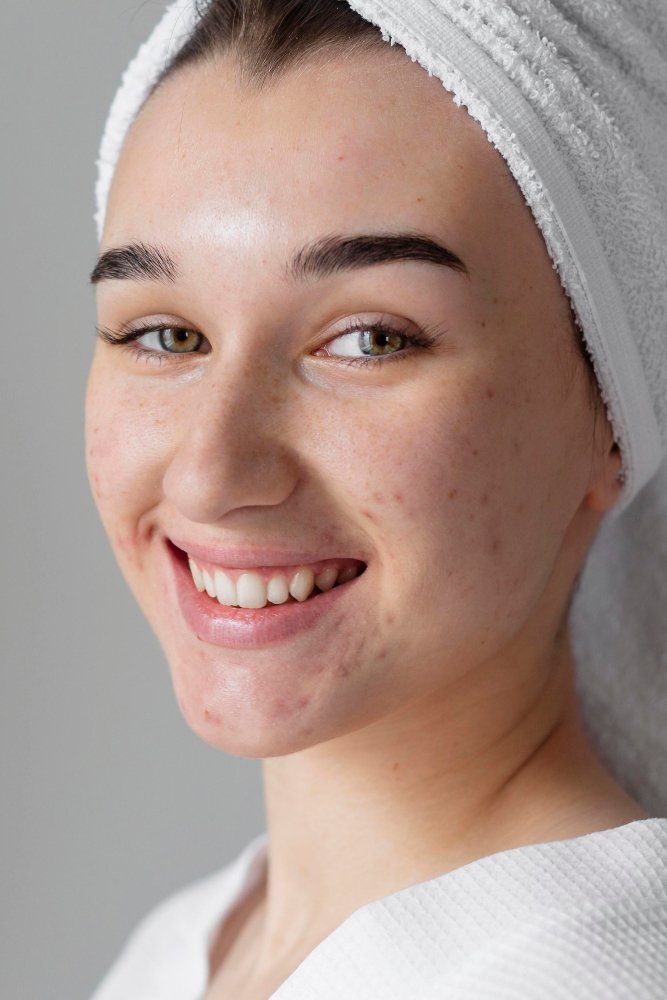Melasma is a common skin condition characterized by dark, irregular patches of pigmentation, often appearing on the face. It affects millions worldwide, especially women, and can significantly impact self-esteem due to its persistent and stubborn nature. While melasma can be challenging to treat, advances in dermatology now offer safe and effective treatment options to reduce pigmentation and restore a more even complexion.
If you’re struggling with melasma and seeking solutions that deliver lasting results, here’s everything you need to know about melasma treatment.
What Is Melasma?
Melasma is a form of hyperpigmentation caused by an overproduction of melanin, the skin’s natural pigment. It typically appears as symmetrical brown or grayish-brown patches on areas exposed to sunlight, such as:
- Cheeks
- Forehead
- Nose
- Upper lip
- Chin
Melasma is more common in women, especially during hormonal changes such as pregnancy or while using birth control pills. Sun exposure, genetics, and certain medications can also trigger or worsen melasma.
Types of Melasma
- Epidermal Melasma: Pigmentation occurs in the outer skin layer; responds well to treatment.
- Dermal Melasma: Pigmentation is deeper in the skin; more challenging to treat.
- Mixed Melasma: Combination of epidermal and dermal pigmentation.
Common Symptoms
- Irregular, patchy brown or gray-brown spots on the face
- Often symmetrical, affecting both sides of the face
- Usually painless and does not cause physical discomfort
Causes and Triggers
- Sun exposure: UV rays stimulate melanin production.
- Hormonal changes: Pregnancy (“mask of pregnancy”), contraceptives, hormone therapy.
- Genetic predisposition: Family history increases risk.
- Skin irritation: Certain skincare products or treatments may aggravate.
- Certain medications: Photosensitizing drugs.
Treatment Options for Melasma
1. Sun Protection
- The cornerstone of melasma management.
- Use broad-spectrum sunscreen (SPF 30 or higher) daily.
- Wear hats and protective clothing.
- Avoid direct sun exposure during peak hours.
2. Topical Treatments
- Hydroquinone: Gold standard bleaching agent that inhibits melanin production.
- Retinoids (Tretinoin): Promote skin cell turnover, helping fade pigmentation.
- Corticosteroids: Reduce inflammation and enhance bleaching effects.
- Combination creams: Formulations like Kligman’s formula combine these agents for better results.
- Azelaic acid, Kojic acid, Vitamin C: Natural alternatives with skin-brightening effects.
3. Chemical Peels
- Superficial peels (glycolic acid, salicylic acid) exfoliate pigmented cells.
- Should be performed by experienced dermatologists to avoid irritation or worsening.
4. Laser and Light Therapies
- Pico Laser: Uses ultra-short pulses to break down pigment with minimal heat, ideal for melasma.
- Q-Switched Laser: Targets melanin but may cause irritation in sensitive skin.
- Intense Pulsed Light (IPL): Reduces pigmentation and improves skin texture but must be used cautiously.
5. Microneedling
- Creates micro-injuries to stimulate collagen and improve topical product absorption.
- Often combined with brightening serums for enhanced effect.
6. Oral Medications
- In some cases, doctors may prescribe oral tranexamic acid, which helps reduce pigmentation by inhibiting melanin synthesis.
Tips for Managing Melasma
- Be consistent: Melasma treatment requires time and regular application.
- Avoid irritants: Harsh skincare products can worsen pigmentation.
- Follow professional advice: Self-treatment may cause adverse effects.
- Lifestyle adjustments: Manage stress, avoid heat exposure, and maintain a balanced diet.
Why Seek Treatment in Korea?
- Korea offers advanced dermatological care with cutting-edge technology and expert clinicians.
- Access to innovative treatments like Pico Laser, customized chemical peels, and combined therapies.
- High safety and hygiene standards with personalized treatment plans.
- Competitive pricing and excellent support for international patients.
Final Thoughts
Melasma can be persistent and challenging, but with the right combination of sun protection, topical agents, and professional treatments, you can achieve a clearer, more even complexion. Early intervention and adherence to treatment are key to controlling melasma and preventing recurrence.




